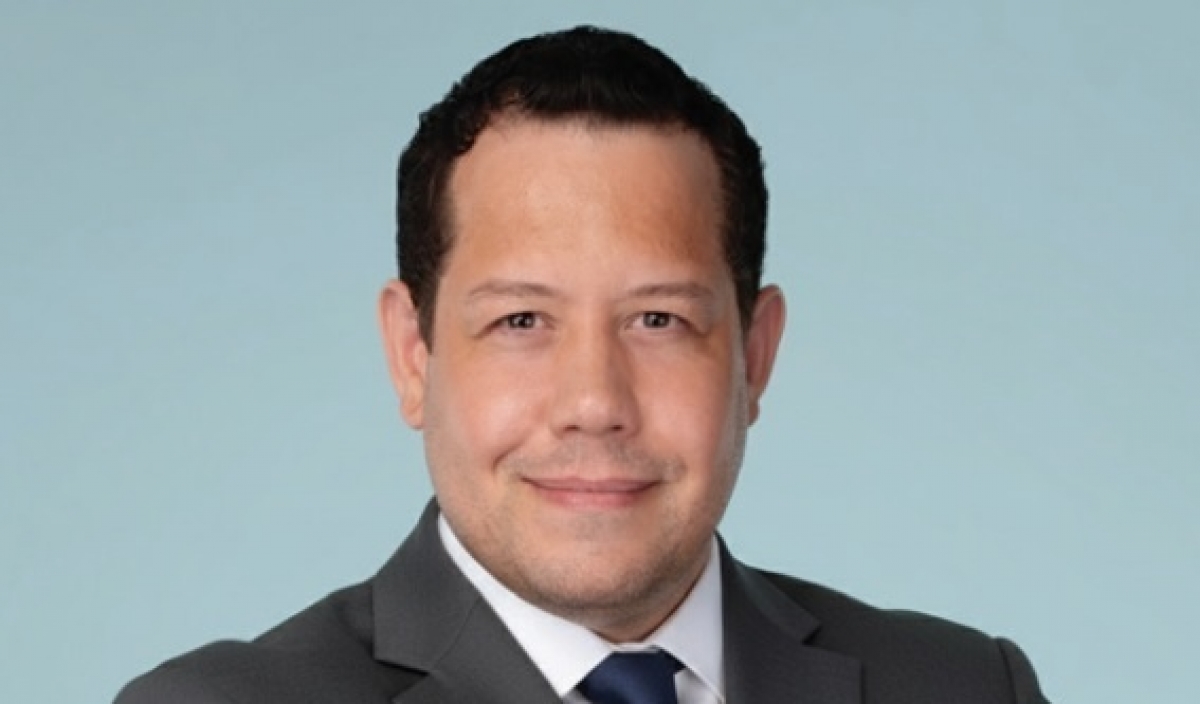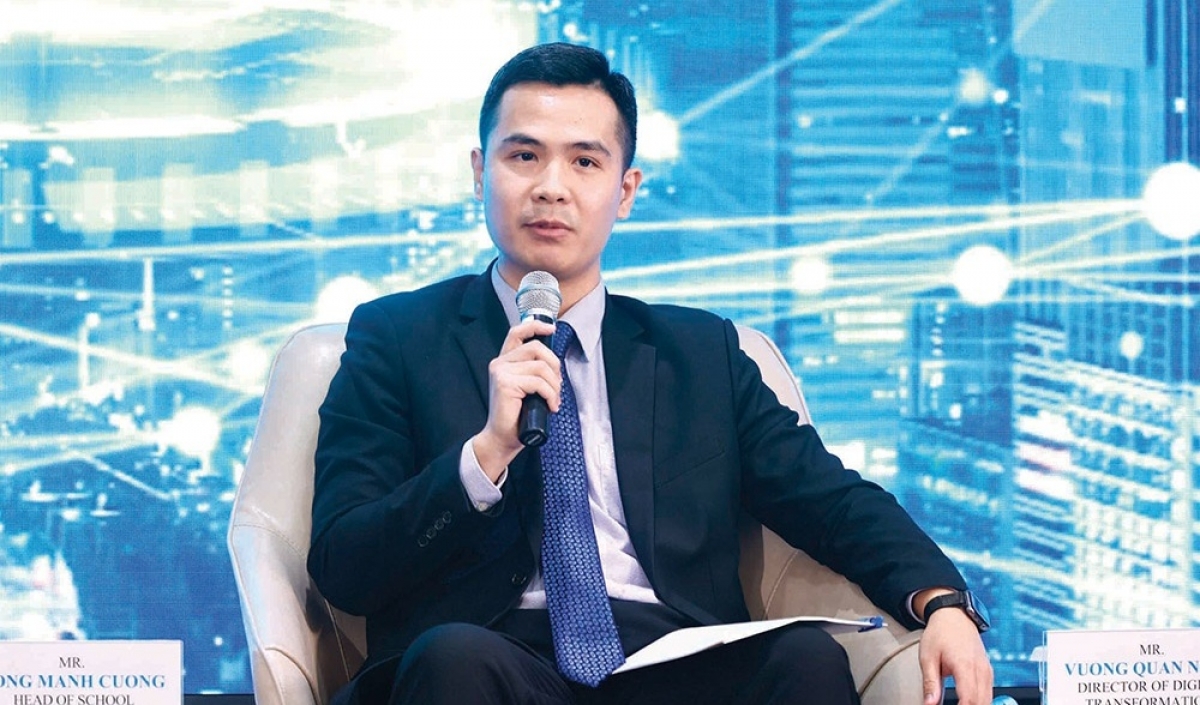INTERNATIONAL INVESTMENT
AND PORTAL
 How to identify emerging risks in the current business environment. Photo: freepik.com
How to identify emerging risks in the current business environment. Photo: freepik.com
The best way to prepare for unprecedented events is to detect risks as they emerge, as opposed to when they have fully materialised.
This is why emerging risks always come up for discussion in senior management meetings.
What are emerging risks?An emerging risk is a new or evolving risk where the extent and nature of any potential losses are particularly uncertain. This could be due to a lack of information or time to have fully analysed the emerging situation, according to the North American CRO Council. According to data from Willis Towers Watson's survey of 140 risk experts, the following emerging risks have not received due attention:
1. Risk of climate change
2. Risk of cyberattack
3. Risk of supply chain disruption
4. Risk of alternative technology
5. Risk of population displacement
6. Risk of impacts from the pandemic
7. Risk of geopolitical conflict
Recommendations on how to identify emerging risksTools to identify emerging risks include:
• Data and analytics (D&A)
• Tools for human foresight
• An agile response structure
Data and analytics
The right technologies, internal processes, and workforce capabilities can help to derive meaningful insights from data. Sophisticated and adaptive algorithms can quickly pick up on changes in data streams, driven by certain emerging risks. This ability to collect, curate, and analyse this vast amount of data in combination with AI, machine learning, and predictive modelling allows leaders to gain new insights into risks and opportunities, and to make more informed decisions.
Although D&A is highly effective, it requires a complex processing system. Data development and management require time to execute, as well as constant monitoring and a large investment budget.
Tools for human foresight
The qualitative data in people’s minds can be extracted with a combination of surveys, interviews, and group workshops. To minimise people’s inherent biases, such extraction should be done with a sufficiently diverse group of people. The following tools could help identify risks that are potentially emerging:
- Expert elicitation is the methodological synthesis of opinions from a group of experts on an issue that has a high degree of uncertainty. The World Economic Forum uses this method for its annual Global Risks Report.
- Scenario analysis and wargaming is a process of analysing possible future combinations of events by considering multiple alternative trend developments.
An agile response structureFast feedback loops in a dynamic and agile organisational structure
The command-and-control structure (CCS) is an official authority structure that acknowledges the rules and hierarchy which shape people's interactions within an organisation. According to Harvard researcher Leith Sharp, CCS needs to be complemented with an adaptive operating system (AOS) to be agile and in touch with emerging issues. An AOS consists of flat relationships and group clusters. It has an effective community structure to collect information on emerging issues and innovative ideas.
To enable a highly effective response structure, managers should establish an environment of learning within their organisation.
Learning organisation
According to Peter M. Senge, author of The Fifth Discipline, an organisation is a system rather than a machine. From this perspective, a well-managed organisation is a learning organisation. People are constantly expanding their thinking patterns, making them collectively in touch with emerging issues. When employees are empowered, and information and feedback are flowing with the right organisational structures and policies, emerging risks can be identified and reported more easily and quickly.
ConclusionThough modern D&A tools facilitate data collection and analysis to provide information in real-time, qualitative data still plays a crucial role in the identification of emerging risks. Organisations, depending on their resources and level of risk management, could apply a combination of these tools to identify risks and be prepared to continuously adapt in today’s unpredictable environment.
The views and opinions expressed herein are those of the authors and do not necessarily represent the views and opinions of KPMG Vietnam or VIR.
* Truong Hanh Linh, partner, and Chu Linh Chi, associate director, Risk Consulting Service, KPMG in Vietnam



















